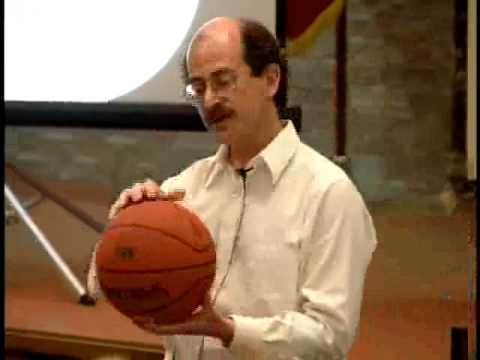Hi, I’m glad I found this community and grateful to Leo Dorst for the invite.
Though this may not be exactly on the main topic,
I think this is the most important and fundamental aspect of GA, and ironically the main reason for the reluctancy of the scientific community when it comes to this field.
This is also something that David Hestenes was very adamant about albeit in slightly more standard connotation and which the video series on forque by Leo and Steven displays quite brilliantly, and this is really just following the scientific method in theoretical research.
In one of his papers on the foundations of mathematical physics David left the question open,
whether GA was invented or discovered, which of course is just a special case of a more general question that has plagued natural philosophers for centuries: is mathematics invented or discovered?
This may seem like an impossible question , as it’s provably unknowable whether mathematics is even consistent,
but GA could provide a definite and constructive answer.
A certain way not to invent mathematics and mathematical structure, at least relative to the axioms and basic definitions, is just to not use any arbitrary or subjective structure.
A discovered theory can prove its theorems without invented structure, and a theorem is discovered if it can be proven Directly from axioms and basic definitions.
Naturally then vector algebra, linear algebra, etc… would be classified as invented theories.
Of course, most people are well aware that using arbitrary objects and subjective assumptions is not ideal, and thus at least they try to make the basic objects covariant but that just lets them move from one arbitrary representation to another consistently, without working with actual real geometric objects.
GA shows that it is indeed possible to work without arbitrary local charts, coordinates, basis etc and in fact quite necessary and is the very reason behind its power and efficiency,
though advanced practitioners can still take educated shortcuts and make a few choices to simplify calculations and engineering implementations.
Critics of GA say it doesn’t present any new discoveries, on the contrary, if done right with GA everything is discovered, and many objects and theorems are seen for the first time as they really are, without the baggage of arbitrary structure, usually in a completely new light with clearly unraveled connections to other seemingly incompatible areas.
Sir Michael Atiyah used to say algebra was an offer of the devil to the mathematician, that it can answer any question provided one gives up his soul in geometry.
This was the position of mathematicians from the late 19th century onward as geometry and algebra were viewed as polar opposites, though this of course was not always so.
GA is a living proof such distinction was indeed artificial, and that in fact a completion of the standard basic algebraic field and number system by non-commutative square roots (vectors) instead of complex numbers naturally leads to a more complete and powerful algebra with a plethora of natural geometric interpretations.
From the geometric side, renouncing the assumption that the product of translation (vectors) generally commutes, one again arrives at the same mathematical theory that can prove its theorems without extrinsic arbitrary structure all the while being more geometric and even more computationally powerful when applied to ‘purely’ algebraic problems.
From this perspective, GA is not a new discovery, but a result of the natural progress and scientific development that took a tragic turn in 1879.,
and of all the great unifications in history and of any future potential unifications this I consider to be the greatest, and history suggests ( electromagnetic unification being most natural in GA) it will be the basis for any further fundamental unified theories in physics and mathematics.
As the experimental method is reaching its fundamental limits simply due to how deeply one can physically probe into the nature of reality, scientists must be particularly keen on how theoretical research is conducted, else they are left largely wondering in the fiction of their imagination, and is likely the main reason behind the many and persistent crisis in fundamental and mathematical physics
GA already shows us strong hints to the basic mysteries of existence, which would not itself even exist if not for the half spin difference between mater and interactions, which is deeply related to the fundamental representation of GA. This is something that Dirac was very adamant about, that the right theoretical method in following the beauty and simplicity of mathematics is even more crucial than the experimental investigations, at least initially, though he never precisely articulated what he meant by beautiful and interesting mathematics.
In conclusion, to me geometric algebra is not just some handy new algebra with fancy notation, it is the very gate of science, both applied and theoretical, and the gate as Clifford said so small it can be only entered as a little child, that is without the baggage of unnatural conceptual structure.
I think this is can be quite useful to keep in mind, and on a more practical note, as I don’t think the state of mainstream academia is likely to change anytime soon, i was wondering if there is any possibility of opening study programs based geometric algebra from the ground up. If not at a full university level maybe a shorter application focused s.t.e.m. stem program , and if there are any ideas on what can be done about it, finance-wise or in any other way.
